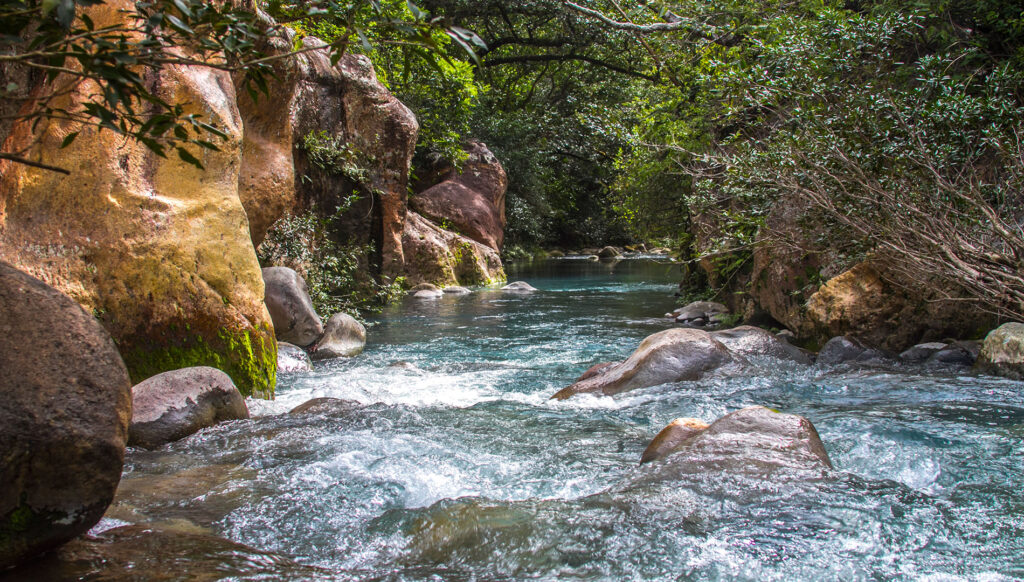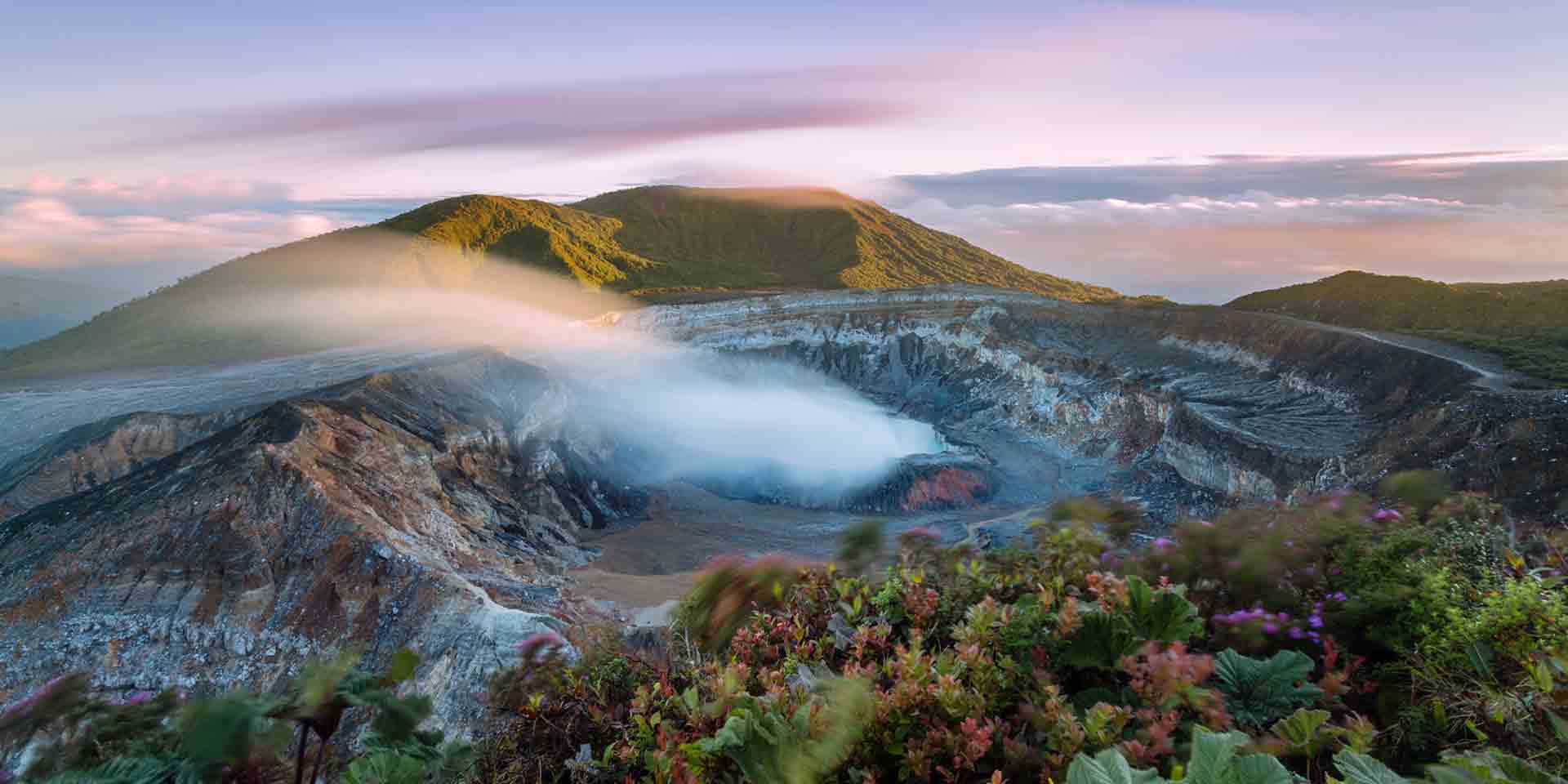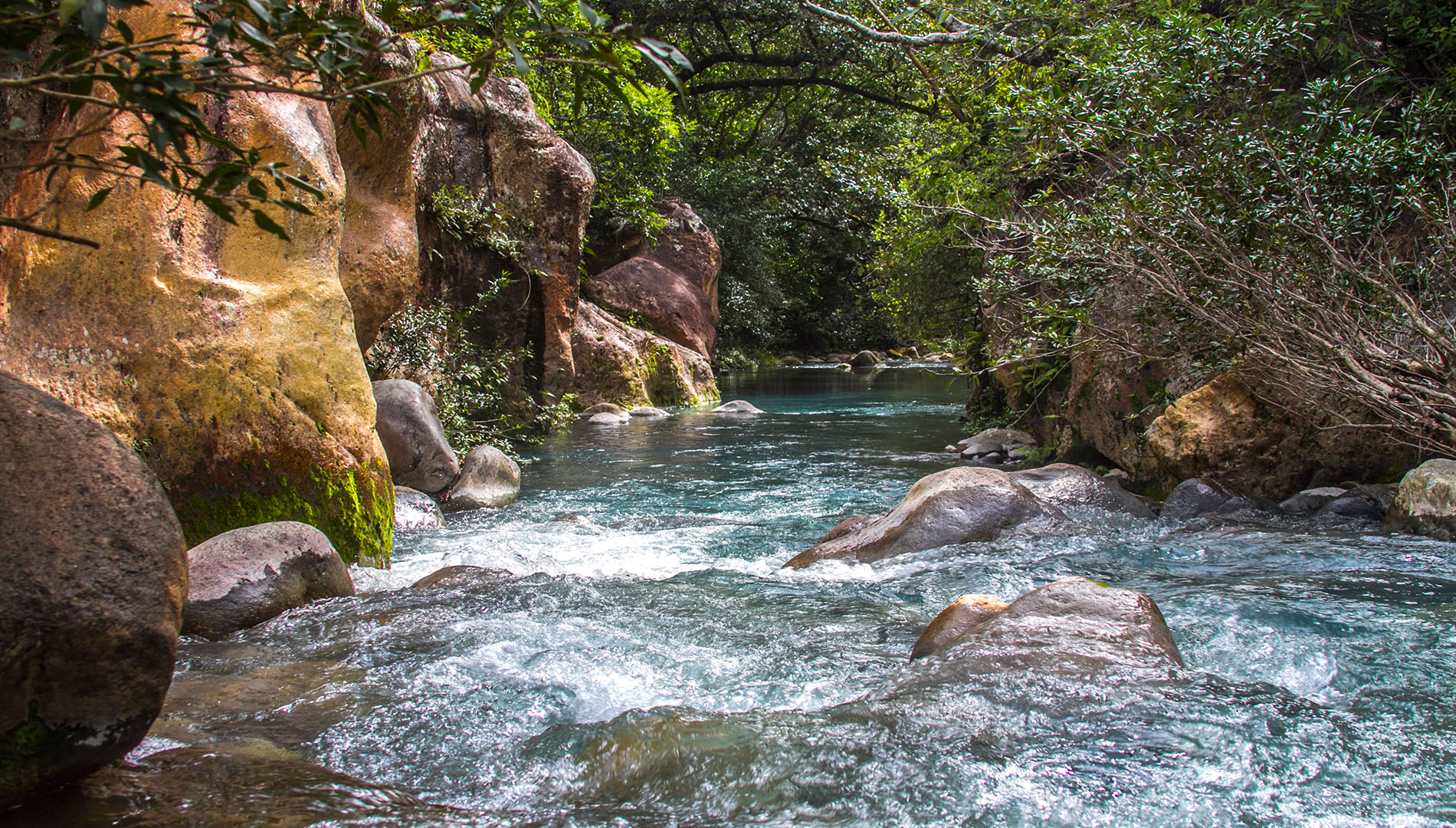Quick Guide
Costa Rica’s diverse geography means that it sports a surprising range of microclimates within a relatively small area. Due to its proximity to the equator, the overall climate is tropical throughout the year.
The dry season runs from December through April, though this is also peak season, when prices are highest (particularly around the holidays and spring break). Prices drop between May and November, though this is the rainy season, so be prepared for intermittently wet weather.
Visas
Visitors from all nations must have a valid passport good for at least six months beyond the dates of their trip. Citizens of the United States, Canada, Great Britain and most European nations may visit for a maximum of 90 days without a visa.
Money
Costa Rica’s currency is the colón; however, U.S. dollars are widely accepted and dispensed from most ATMs. Travelers should still carry colónes to use in small towns or shops, and for bus fares. Credit cards are generally accepted.
Travel Health
Before traveling, research and prepare for what to do if you get sick while away.
Getting Here
Costa Rica has two international airports: Juan Santamaria International Airport, often referred to as San Jose, and Daniel Oduber International Airport – LIR, or Liberia.
Getting Around
Look out for Costa Rica’s red taxis for a safe, convenient method of transportation. Many hotels will also offer shuttle services from Liberia and San Jose. Uber, while not fully legal, also has a substantial presence in San Jose and rideshares tend to be cheaper than the official taxis.
Local Lingo
Spanish is the lingua franca here, although the country’s thriving tourism industry means that English is widely spoken and understood at popular destinations. One distinctly Costa Rican phrase you’ll hear a lot is “Pura vida.” While it literally translates as “pure life,” it can mean “hello,” “goodbye,” or even “thank you.” It encapsulates Costa Rica’s laid-back, fun-loving approach to living the good life.
Must-Have App
Insider Tip
Car rentals in Costa Rica can be on the pricey side. Be sure to comparison shop early if you’re planning to rent a car. If you’re not planning on any extensive road tripping, it may actually be cheaper to rely on private transfers from hotels and tour operators.
Costa Rica’s diverse geography means that it sports a surprising range of microclimates within a relatively small area. Due to its proximity to the equator, the overall climate is tropical throughout the year.
The dry season runs from December through April, though this is also peak season, when prices are highest (particularly around the holidays and spring break). Prices drop between May and November, though this is the rainy season, so be prepared for intermittently wet weather.
Visas
Visitors from all nations must have a valid passport good for at least six months beyond the dates of their trip. Citizens of the United States, Canada, Great Britain and most European nations may visit for a maximum of 90 days without a visa.
Money
Costa Rica’s currency is the colón; however, U.S. dollars are widely accepted and dispensed from most ATMs. Travelers should still carry colónes to use in small towns or shops, and for bus fares. Credit cards are generally accepted.
Travel Health
Before traveling, research and prepare for what to do if you get sick while away.
Getting Here
Costa Rica has two international airports: Juan Santamaria International Airport, often referred to as San Jose, and Daniel Oduber International Airport – LIR, or Liberia.
Getting Around
Look out for Costa Rica’s red taxis for a safe, convenient method of transportation. Many hotels will also offer shuttle services from Liberia and San Jose. Uber, while not fully legal, also has a substantial presence in San Jose and rideshares tend to be cheaper than the official taxis.
Local Lingo
Spanish is the lingua franca here, although the country’s thriving tourism industry means that English is widely spoken and understood at popular destinations. One distinctly Costa Rican phrase you’ll hear a lot is “Pura vida.” While it literally translates as “pure life,” it can mean “hello,” “goodbye,” or even “thank you.” It encapsulates Costa Rica’s laid-back, fun-loving approach to living the good life.
Must-Have App
Insider Tip
Car rentals in Costa Rica can be on the pricey side. Be sure to comparison shop early if you’re planning to rent a car. If you’re not planning on any extensive road tripping, it may actually be cheaper to rely on private transfers from hotels and tour operators.
Did you know?
More than 500,000 species of animals call this nation home, making Costa Rica one of the densest concentrations of biodiversity on the planet.
Where to Stay
Book Over 30 Hotel Brands Around the World
10 Hotels
10




























